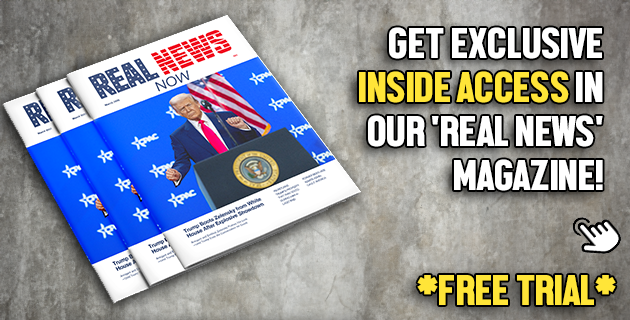Debates within the Trump administration highlight growing discussions around introducing measures that could deter pharmaceutical firms from direct-to-consumer advertising. These potential policies could significantly impact the more than $10 billion invested annually in such advertising pursuits. Currently, the United States and New Zealand stand alone in allowing pharmaceutical firms to engage in direct advertising. Nonetheless, an outright ban could propel the administration towards legal disputes, hence the consideration to impose legal and financial obstacles to limit this form of advertising.
The strategies under consideration by the administration are twofold. The first involves the requirement for pharmaceutical ads to comprehensively disclose potential side effects, likely causing ads to greatly increase in length and significantly driving up costs. The second would remove the possibility of pharmaceutical corporations classifying direct-to-consumer advertising as a tax-deductible business expense.
Despite these planned policies being in the discussion phase, their implications warrant scrutiny. Their introduction could potentially alter advertising and tax strategies that pharmaceutical companies have long enjoyed. Such a change may have far-reaching impact on businesses involved in consumer-focused drug advertising as well as the broader pharmaceutical industry.
The limitation of pharmaceutical advertisements is viewed as a significant victory for Robert F. Kennedy Jr., the Health and Human Services Secretary. Kennedy has consistently advocated for tighter control over how medicines are marketed. In his view, the high rates of drug consumption in the US can be attributed to pharmaceutical companies’ ability to advertise directly to consumers.
These impending policies could pose a direct threat to a major source of revenue for advertising and media enterprises, and, by extension, the incumbent pharmaceutical industry. Reports indicate that $10.8 billion was disbursed on direct-to-consumer pharmaceutical advertising in 2024.
Key industry players like AbbVie Inc. and Pfizer Inc. represent significant chunks of this considerable advertising spend. Indeed, AbbVie managed to generate over $5 billion in revenue during the first quarter of 2025 through their medicine-related ventures.
As to whether the proposed limitations on advertising would impact AbbVie, representatives indicated that the company would likely redirect its marketing efforts. The company may pivot towards promoting ‘disease awareness’ or focus its advertising activities on digital platforms as opposed to mainstream media outlets.
The Trump administration could also explore collaborations with the US Congress to deny pharmaceutical corporations the ability to record direct-to-consumer advertising costs as business-expense tax write-offs.
However, such changes might not be welcomed by all stakeholders. The National Association of Broadcasters (NAB), an organization that supports media station owners, expressed their disapproval regarding restrictions on direct-to-consumer advertising.
According to the NAB, these restrictions could potentially cause severe difficulties for television and radio stations, particularly those located in smaller markets. They also raised concerns about possible implications with regard to freedom of speech, a constitutional right protected under the First Amendment.
In light of the above, while the idea behind these changes is to minimize the direct advertising impact of pharmaceutical companies and redirect their focus to producing better drugs for all, several players in the industry worry that these measures may hinder the ability to inform the public about potential solutions to their health issues.
Nevertheless, the proposed changes are only in the planning phase, and any anticipatory actions, therefore, remain speculative. The impact on the pharmaceutical industry and the advertising market will depend largely on the exact configuration of the finalized policies.
What remains certain, however, is the potential for such policy changes to significantly disrupt the way pharmaceutical companies interact with consumers. Not only could this restructure the pharmaceutical industry’s advertising strategies, but it may also lead to a comprehensive evolution in the way consumers learn about medications.
Regardless of the outcome, it’s clear that the proposed changes aim to shift the focus of pharmaceutical companies from aggressive advertising to potentially a more fair and equitable approach towards health care. If successfully implemented, these policy shifts could result in a more informed consumer base and could potentially lead to improved public health outcomes.




